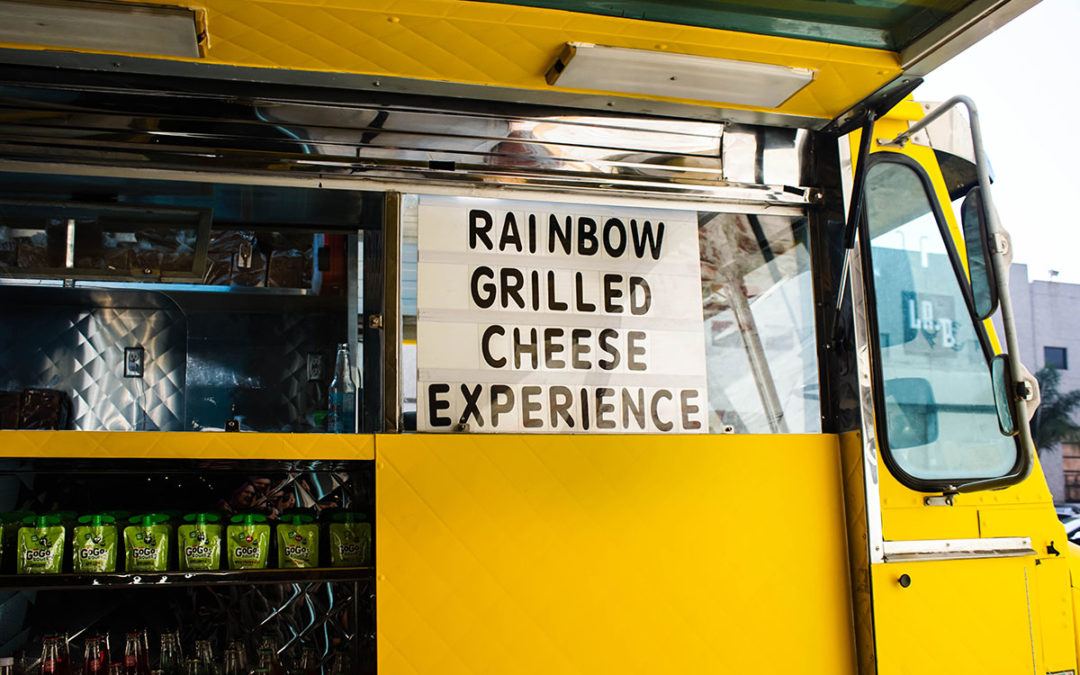Continuing our series of posts on ‘enjoyable wellness’, Go2Grocery International’s Lizianne Bueno explores how, for brands, experiencing life in all possible ways is enriching.
Building bridges between your brand and consumers
Experiences shape our lives – the way we view the world, things and the view we have about ourselves. Experiences live on in our memories, in the stories we tell, the conversations we have and the connections we make with others. For decades, brand owners have tried effortlessly to create positive experiences by building bridges between their brand and consumers. Today this remains the goal; however, the way the bridge is built and the materials used to build it have evolved. They no longer need to be so theoretical. Thanks to curiosity, advances in technology and the power of data, the building materials we have to work with are more observational, authentic and factual.
We have witnessed the information period, and it continues to fuel us with data. We are now experiencing an age of integration, the integration of that data alongside behaviour and observation. A more human-centric era is upon us. For brand builders, one of the primary challenges is how best to utilise this to increase brand value. To achieve this, brands need to acknowledge the abundance of information and research that’s been made available, utilise it ethically and learn from it, all with a view to creating brand experiences that are aligned to what consumers (aka humans) value today. Let’s call these ‘human-centred experiences’.
Connection-building attributes
Brands need to deeply consider concepts such as wellbeing, happiness, warmth and competence, since these connection-building attributes are intrinsic to the brand experience as a whole. By using these concepts, brands have an opportunity to secure a more significant position in consumers’ daily lives and take on the role of ‘guide’ on the consumer’s journey to wellness. Whilst a brand is trust, a great brand is a metaphorical story that connects with something deeper than physical needs alone. These stories create the emotional context people that need to locate themselves into a larger experience. By creating more human-centred experiences and by telling stories that empathetically encourage positive emotions such as joy, happiness, wellbeing and success, brands give themselves the best possible opportunity to form longer-lasting, deeper connections.
All brands have the opportunity to adopt the human-centred approach. Within the world of Food & Drink, the opportunity is hugely exciting. Some tremendous advances in neuroscience have been acquired to date, particularly in fields such as psychology, behavioural sciences, food sensory science, the understanding of physiological and chemical brain commands, and the changes that occur in the body when experiencing pleasure and happiness. Food cognitive neuroscience is a field that remains in an infant state as it investigates how we perceive and respond to food and beverages and allows us to discover how our brain processes food cues and directs our food choices. We all know that food is essential since it provides us with the energy needed to keep us alive; however, it’s also associated with emotional wellness as a result of its effects on pleasure, satisfaction and mood, as well as on an individual’s health.
Happiness and wellbeing are also essential. Conceptually, they have been viewed as requiring at least two determining ingredients – positive affect or pleasure, and a sense of meaningfulness or engagement in life. Basically, our most basic needs transcend physical satisfaction in much the same way as wellness extends beyond health, encompassing physical, spiritual, mental and emotional states, among others. To feel happy, healthy, complete, or fulfilled, humans should have a holistic approach to finding balance.
In the physical aspect, health and wellness are dependent on the everyday products we use. Consumers are more conscious about their food choices, especially Millennials and Generation Z; however, they are driven by reasons of which we are not fully aware. The decision-making process about food is influenced by a complex set of emotions, feelings, attitudes, and values that are impossible to assess simply by using traditional techniques to gather information, mainly to measure the rational reactions to a certain type of food or advertising.
Every industry has been disrupted
For food brands, wellness culture is a disruptive force. Companies face a challenge when it comes to developing methodologies that enable the measurement of feelings of wellness associated with food consumption before applying these to the design of foods that increase health and wellbeing, thereby causing many of them to re-orient their core values to reflect those of consumers. Every industry has been disrupted by changing consumer attitudes… and technology. The branding and design industry is no different. Recently, there has been a mushrooming interest in the multidisciplinary field of “neuromarketing”, which takes advantage of neuroscientific techniques to study consumer behaviour. Neuromarketing applies food cognitive neuroscientific methods and tools that allow the measurement of consumers’ emotional and spontaneous reactions in a more objective and observable way.
Recent studies have shown that measuring emotional response to sensory properties offers us a deeper insight into our relationship with food and beverages. Growing consumer fears over health, coupled with increasing interest in nutrition and sustainability, has resulted in the launch of a host of new FMCG categories – low-GI, paleo, high-protein, gluten-free and other ‘free-from’ foods, beauty and household products, according to a recent report by Nielsen. These shifts in behaviour, expectations, and experiences provide incredible opportunities for business growth, but keeping up with them poses new challenges. One of the most critical ways to turn change into growth is by building and constantly developing a strong brand.
In marketing, sensory science can help ensure sensory properties work in synergy with brand communication and advertising and is also used to support sensory-based marketing claims. Increasingly, food and beverages innovative brands are moving from selling a product to selling an experience. The wellness experience doesn’t stop at clean products and positive experiences. Consumers expect brands themselves to be healthy too. Ethics, transparency and honesty is the DNA of a brand and a measure of its wellness. The opportunity to link sensory-gratification marketing with human drive points will encourage consumers to perceived brands as caretaker of their enjoyable wellness.
Brand experiences should be at the centre
Food and beverage brands have an ethical responsibility to adopt a lifestyle that prioritises holistic wellbeing and requires products to support it, to build authentic and long-term connections with their audience. Today’s consumers value experiences more than material goods and expect those experiences to speak to them on a personal level, and to respond to their needs for a balanced life in mind, body and spirit. Brand experiences that satisfy these needs, that are meaningful and engaging, lead to consumer loyalty and brand advocacy. As a result, brand experiences that are personalised should be at the centre of any well-conceived marketing strategy.
We live in a truly connected world. Brands have the ability to connect through their audience via more empathetic communication planning, by designing an experience that meets the consumer’s needs and expectations, by understanding and getting to know what they want, how they behave and create an emotional connection to them. All are critical components of any brand’s success and all sit at the heart of that brand’s marketing. Inside companies, wellbeing is tempting territory for Food and Beverage brand marketers motivated by the school of thought that business needs to articulate a social purpose experience.
A customer journey is an infinite loop (see Figure 1). In its rawest form, it captures an ideal process that brands can utilise to uncover touchpoints and opportunities to interact, influence and persuade consumers.

Figure 1. Traditional Experience Loop
Thanks to advances in technology, shared data and science, this can be fed with additional insight and intelligence, making it even more relevant and beneficial. See Figure 2.

Figure 2. The New Human Centred Experience
Elements of psychological behaviour, neuroscience, personalisation, data analysis, digital communication can all contribute to building a customer experience that is capable of capturing more than before and that utilises real observational drivers and emotional such as wellness. The exciting moment comes when FMCG brands start embracing brand experience thinking, invest in challenging the norms of what’s gone before, and learning from service or digital-first brands.
Brands start with humans on the inside and are ultimately delivered to humans on the outside, using technology as a primary means of interaction and a powerful platform for engagement. At a time when speed to market, customer centricity and cultural alignment are more important than ever, brands are the key to change, and to growth.
Focus Magazine
This article appears in Issue 1 of Ceuta’s Focus Magazine. Read the rest of the magazine here:

